Apostoloi, Heraklion
Apostoloi is a village in the Municipality of Minoa Pediada, Heraklion regional unit, Crete, Greece. It is situated at an altitude of 360 meters in the central part of the Pediada plain, approximately 31 kilometers from Heraklion city and 4 kilometers from Kastelli, the historical capital of the Pediada province.
The village is located north of the “Apostolian Plain,” an area known for its olive groves and vineyards. The name Apostoloi (meaning “Apostles”) is derived from the village church dedicated to the Holy Apostles. This church was built on the ruins of an older church and was inaugurated in 1876. The village feast day (panigyri) is celebrated on June 29th.
Apostoloi has a primary school and a cultural center, which was inaugurated in December 2004 and is housed in the renovated old stone school building.
History
The exact date of the village’s founding is unknown. The earliest documented reference to Apostoloi appears in a contract from 1279, where it is mentioned as a fiefdom (along with the village of Zofori) belonging to the Venetian lord Leonardos Gradonikos. This document records the transfer of the fiefdom to Petros Guirino.
In 1577, Apostoloi is listed in Venetian records as “Apostolos and Kamari” (with Kamari referring to what is now known as “Pano Chorio,” or “Upper Village”). The 1583 census records 249 inhabitants.
Following the Ottoman conquest of Crete, the 1671 Ottoman census mentions the village as “Apostoloi” with 125 “haratsia” (tax-paying households). The 1835 Egyptian census recorded 16 Christian and 16 Turkish families living in the village.
In 1881, Apostoloi became part of the municipality of Kastelli. The population at that time was 419 Christians and 110 Muslims. As a community, Apostoloi had 550 inhabitants in 1920, 702 in 1928, 684 in 1951, and 489 in 1981. Since then, the population has been steadily declining.
According to local tradition, the rebel leader Vasilakogiorgis from Lasithi was captured in the village church on Easter night and hanged on a fig tree near the present-day cemetery. In the past, the inhabitants of Apostoloi engaged in tanning, agriculture, livestock farming, trade, and candle making.
Churches
- Church of the Holy Apostles: The main church of the village, built in 1876.
- Church of the Archangel Michael and the Virgin Mary: A “dimartyros” (two-aisled) church.
- Church of Saint George: A Byzantine church with frescoes of significant artistic and historical value.
- Other Churches: Agia Triada (Holy Trinity) and Agia Eirini (Saint Irene).
- Church of the Dormition of the Theotokos and Archangel Michael: This church, located in Pano Chorio (Upper Village), is a two-aisled church with distinct architectural features indicating different periods of construction. The aisle dedicated to the Virgin Mary is believed to have been built during the Venetian period, while the aisle dedicated to the Archangel Michael was added in 1842. The church was unfortunately destroyed by fire in 2005.
Village Key Points
- Historical References:
- 1279 contract as part of a Venetian fiefdom.
- 1577 Venetian records as “Apostoloi and Kamari.”
- 1583 census with 249 inhabitants.
- 1671 Ottoman census with 125 tax-paying households.
- Location: Municipality of Minoa Pediada, Heraklion regional unit, Crete, Greece. 31 km from Heraklion city.
- Altitude: 360 meters
- Historical Significance: Venetian and Ottoman-era records, traditional activities like tanning and candle making.
- Population:
Year |
Population |
|---|---|
1583 |
249 |
1920 |
550 |
1928 |
702 |
1951 |
684 |
1981 |
489 |
1991 |
487 |
2001 |
461 |
2011 |
322 |
2021 |
278 |
- Current Status: Active village with a declining population, primarily agricultural economy.
References
Access
Apostoloi is 8.5 kilometers away from Arkalochori and 3.8 kilometers away from Thrapsano
















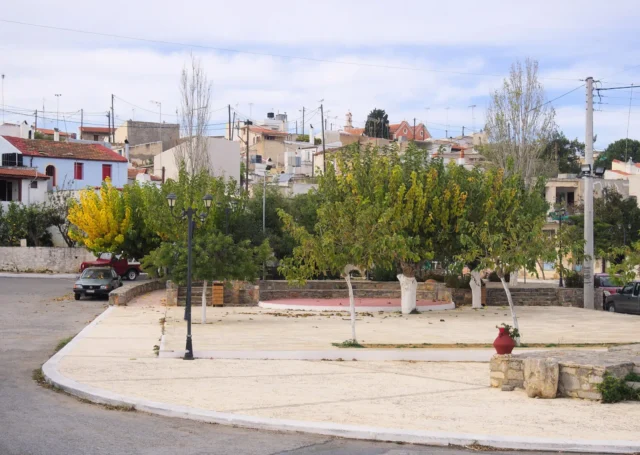

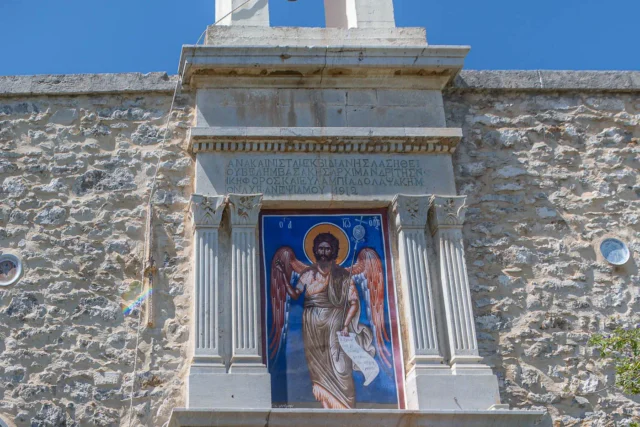

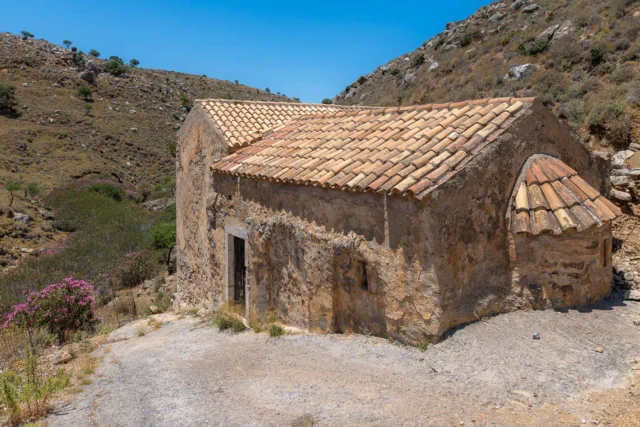
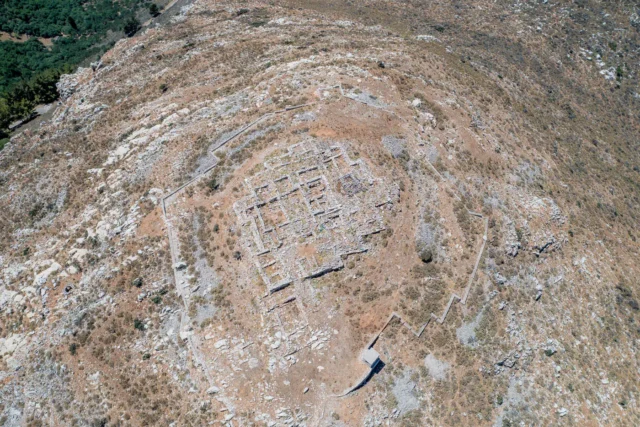
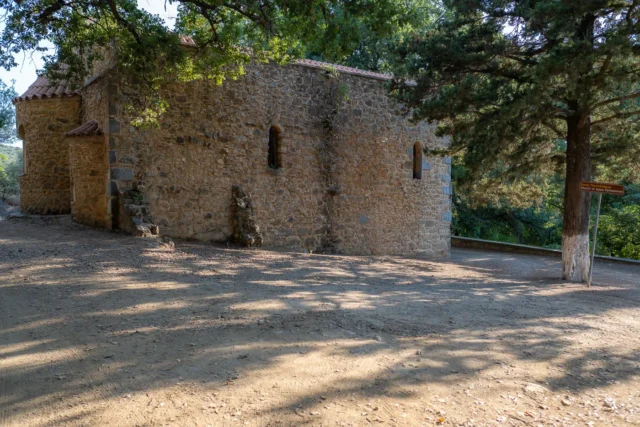

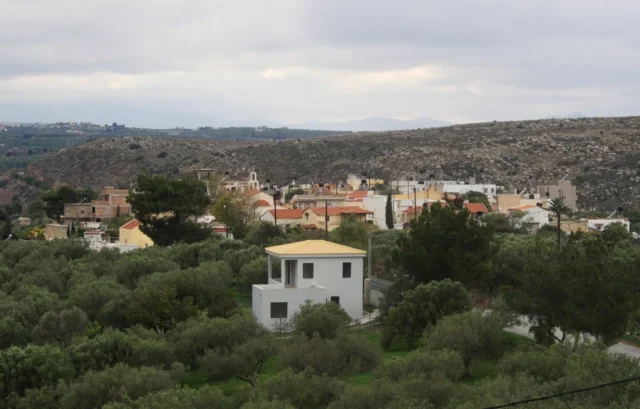
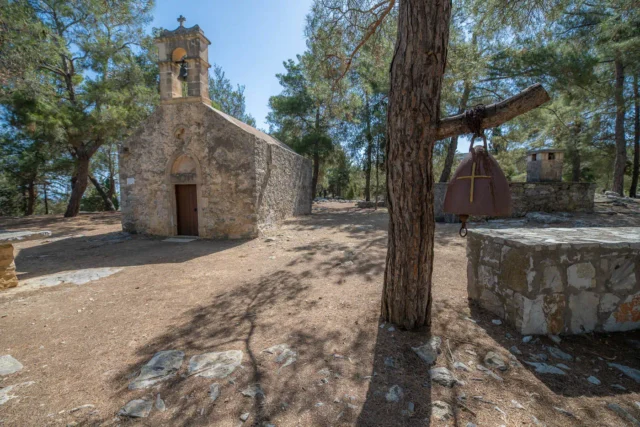
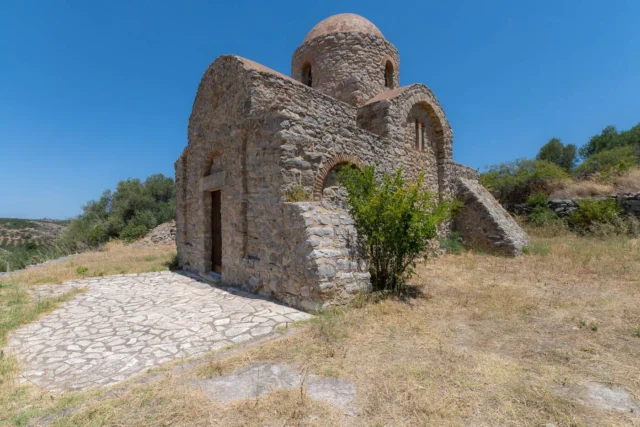

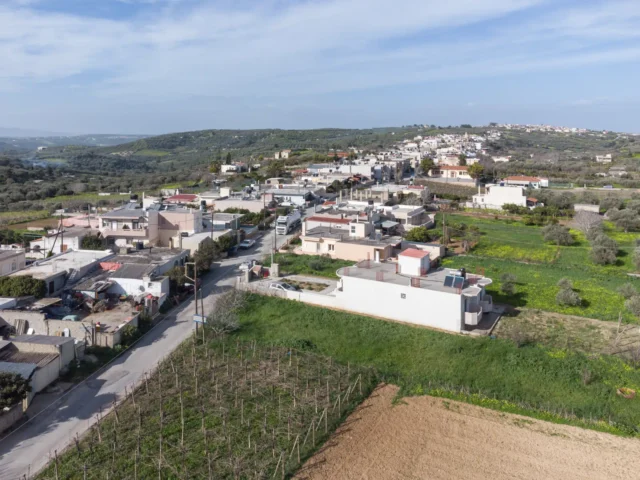

There are no comments yet.